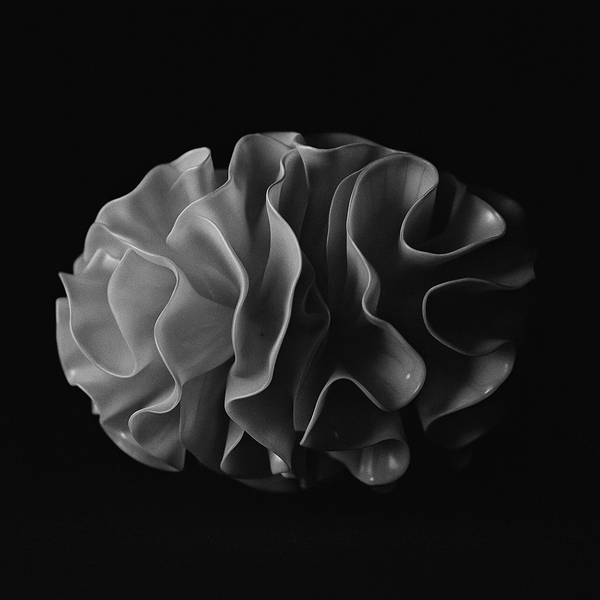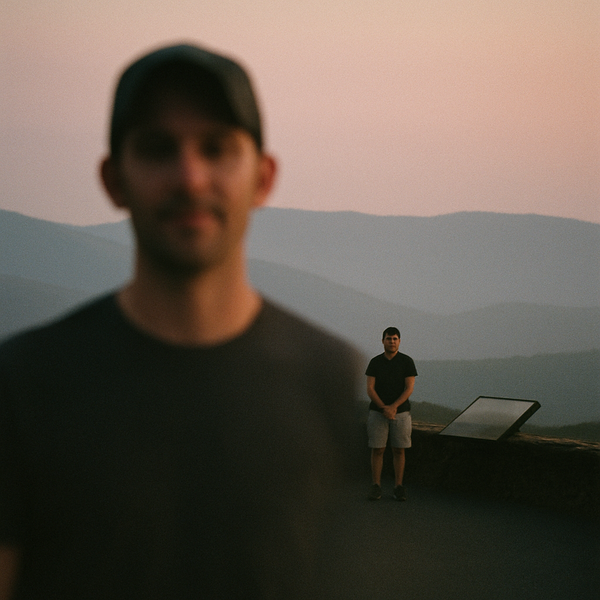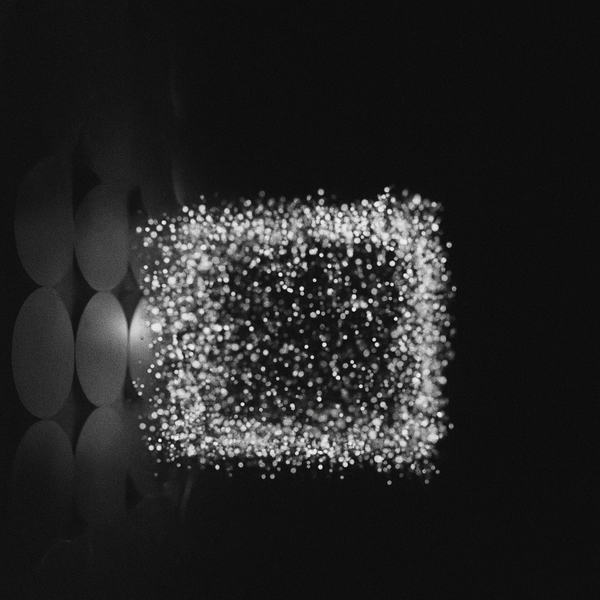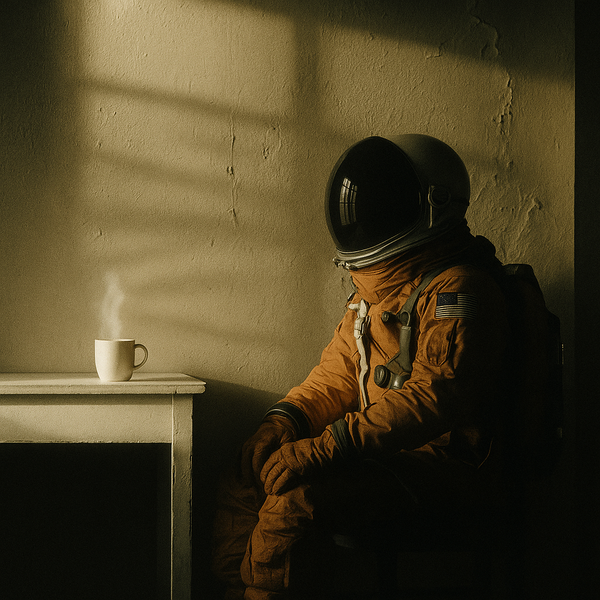Kodak's Film Revival: Why Gen Z is Falling for Analog
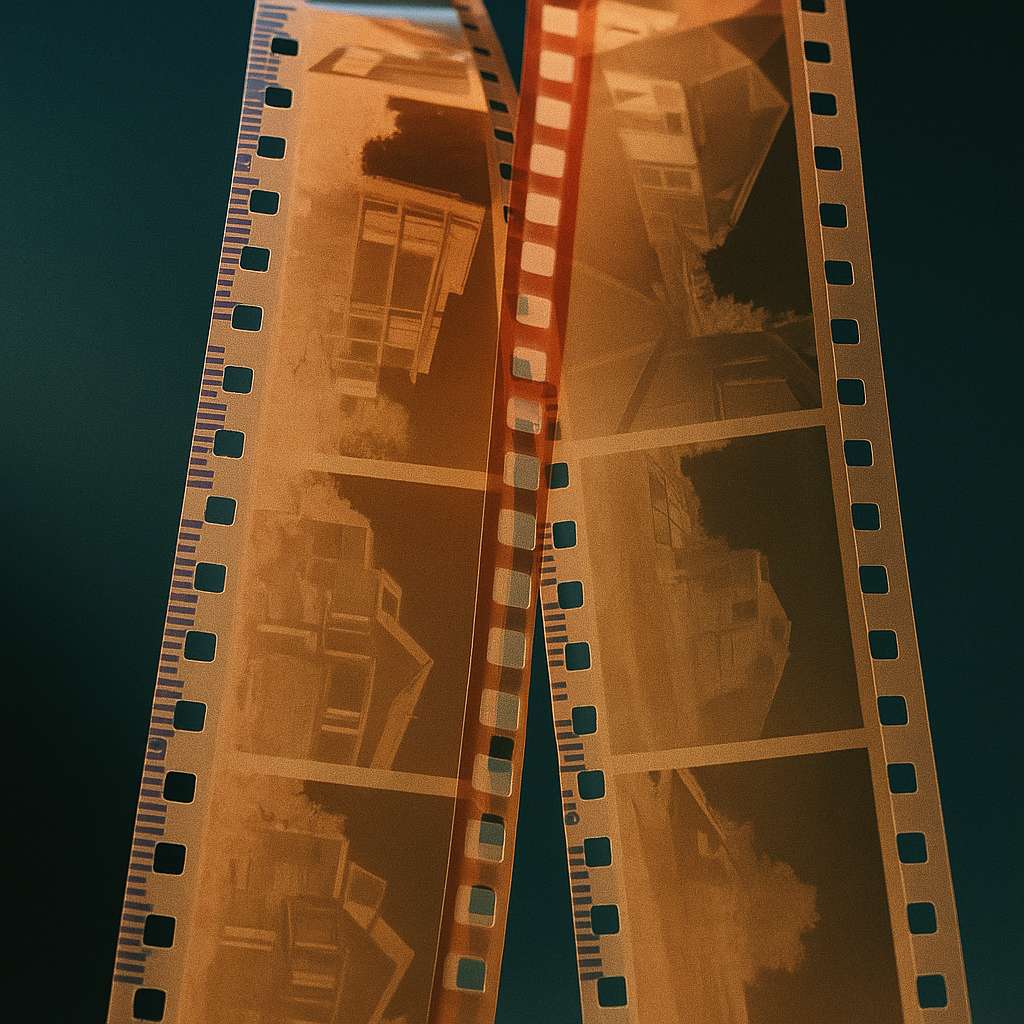
Here's something that would make film school professors choke on their lattes: Kodak—yes, the company that basically invented the digital camera then pretended it didn't exist until bankruptcy slapped them awake—is selling its own film again. Not through third parties, not as some nostalgic museum piece, but actual, honest-to-god consumer film that you can buy and shove into cameras older than most TikTok users.
The punchline? Gen Z is buying it faster than they bought those ridiculous tiny sunglasses that made everyone look like bugs.
After a decade of letting other companies handle distribution, Kodak launched kodak.com/en/consumer/products/films this year, selling everything from their new Kodacolor 100 and 200 35mm films to Super 8 motion picture stock. They're even bringing back photo chemicals for the masochists who want to develop film in their bathrooms like it's 1975. The timing is either brilliant or hilarious, depending on how you feel about watching twenty-somethings discover that film doesn't have an undo button.
The Great Analog Seduction
Let me paint you a picture that would confuse any time traveler from 2010: A college student pulls out their phone—a device capable of capturing 8K video and automatically removing their ex from photos—puts it away, then reaches for a camera that requires actual film. Film that costs money. Film that you can't delete. Film that makes you wait days to see if you accidentally photographed your thumb.
This is happening everywhere. Film photography classes are packed. Vintage camera stores that survived the digital apocalypse through pure stubbornness are suddenly profitable. Instagram—the very platform that was supposed to murder physical photography—is flooded with accounts dedicated to film shots, complete with those telltale light leaks and grain patterns that smartphone apps try desperately to fake.
The question isn't whether this is happening—Kodak wouldn't be investing in new film stocks and production facilities if it wasn't. The question is why a generation raised on instant everything is suddenly obsessed with waiting.
The Anxiety of Infinite Options
Here's my theory, and bear with me because it involves both neuroscience and that time I accidentally developed film in coffee (long story): Digital photography has given us too much power, and Gen Z knows it.
When you can take 500 photos of your breakfast burrito and delete 499 of them, you've entered a special kind of hell. It's the paradox of choice, but weaponized. Every photo becomes a negotiation with perfection. Did I get my good side? Is the lighting right? Should I try one more with a different filter? The ability to endlessly refine has turned simple documentation into performance art.
Film says: You get 36 shots. Make them count. Or don't. Either way, you're living with the results.
There's something profoundly liberating about limitation. It's why haikus work, why Twitter was better with 140 characters, and why your most creative cooking happens when you're down to ramen and questionable leftovers. Constraints force decisions, and decisions force you to actually exist in the moment instead of hovering above it like some anxious documentary director of your own life.
The Authenticity Industrial Complex
But let's not get too romantic about this. Part of what's happening here is pure, uncut performance of authenticity—that most modern of contradictions. Film photography has become a way to signal that you're not like other photographers, you're a thoughtful photographer. You don't just capture moments; you curate them.
The irony is delicious: using hundred-year-old technology to seem cutting-edge on social media platforms that didn't exist when Kodak last sold its own film directly. It's like riding a penny-farthing bicycle to seem progressive.
Yet even performative authenticity can stumble into actual authenticity. When you're limited to 36 exposures, you start paying attention differently. You notice light. You wait for moments instead of manufacturing them. You develop—pun absolutely intended—a different relationship with time.
The Revenge of the Physical
What Kodak's resurgence really signals isn't just nostalgia—it's a broader rebellion against the frictionless digital experience we've been promised/threatened with for the past two decades. Gen Z, the supposed digital natives, are the ones leading the charge backward into the physical world.
They're buying vinyl records that skip. They're reading physical books that you can't search. They're writing in journals that don't sync to the cloud. They're shooting film that can be ruined by opening the camera at the wrong time. They're choosing inconvenience, and that choice is starting to look less like regression and more like resistance.
The tech industry spent years removing friction from every experience. One-click buying. Instant messaging. Seamless streaming. But it turns out friction serves a purpose—it's what makes experiences feel real. Without it, everything blurs together into an endless, forgettable scroll.
Film photography adds friction at every step. Loading the film (incorrectly, the first three times). Advancing manually after each shot. The walk to the photo lab. The wait for development. The physical prints you can hold, lose, find in a shoebox years later, and wonder why you thought that haircut was a good idea.
The Future is Analog (Sort Of)
Kodak's betting that this isn't just a fad, and the evidence suggests they might be right. Their new film stocks aren't reproductions of old formulas—they're modern films designed for contemporary use, with better grain structure and color reproduction than their predecessors. They're meeting young photographers where they are, not where nostalgic baby boomers think they should be.
This isn't about rejecting technology wholesale. The same Gen Z photographers shooting film are editing their scans in Photoshop, sharing them on Instagram, and selling prints through online stores. They're not Luddites; they're remixers, taking the best parts of analog and digital to create something new.
What we're witnessing isn't really a return to the past—it's a renegotiation with the present. A generation raised on digital everything is discovering that some experiences can't be optimized, streamlined, or made more efficient without losing what made them worthwhile in the first place.
Kodak's revival is less about film and more about what film represents: the radical idea that not everything needs to be instant, perfect, or deletable. Sometimes the best technology is the one that makes you slow down, pay attention, and live with your choices.
Even if one of those choices was definitely photographing your thumb.
References
- https://petapixel.com/2025/10/01/the-first-look-at-kodaks-new-kodacolor-100-and-200-35mm-color-negative-films
- https://www.404media.co/kodak-is-selling-its-own-film-again-for-the-first-time-in-a-decade
- https://www.kodak.com/en/company/press-release/cannes-2025
- https://www.kodak.com/en/company/press-release/hunkeler-innovationdays-shot-on-kodak-film
- https://www.moviemaker.com/kodak-introduces-new-super-8-motion-picture-film-39100408
- https://apnews.com/article/876ad52ed39efb57c0c02a1042750f1f
- https://www.shutterjunkies.org/blog/kodak/is-this-the-end-of-kodak-and-film-photography
- https://www.redsharknews.com/new-color-negative-films-from-kodak-and-lomography
- https://kodak.cinestillfilm.com/blogs/kodak-news/a-legacy-revived-kodak-photo-chemicals-return-to-production
- https://www.theverge.com/news/791251/kodak-launches-kodacolor-100-and-200-to-feed-the-film-resurgence
Models used: claude-opus-4-1-20250805, gpt-image-1

